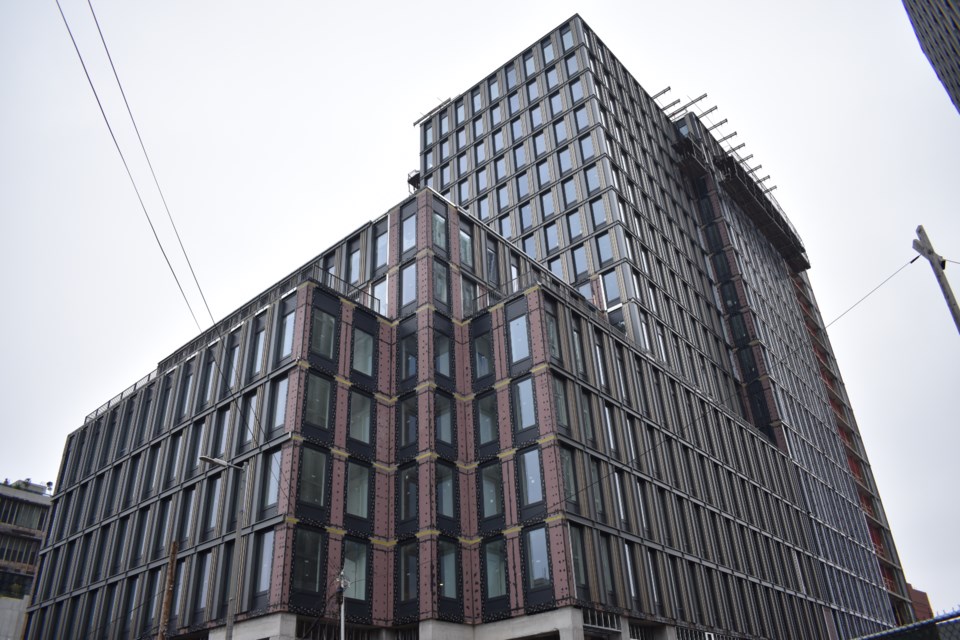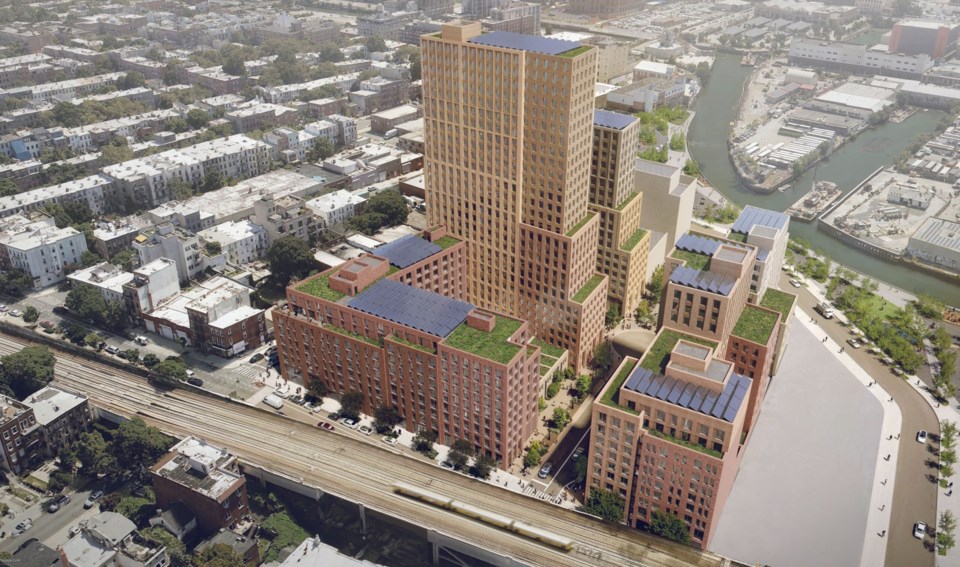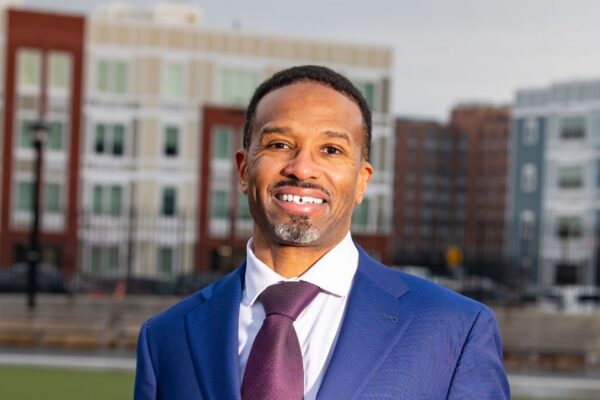By: Shenal Tissera
For decades, Gowanus was home to manufacturers and oil companies that dumped their waste into the Gowanus Canal, turning it into one of the most polluted waterways in the country. Now, it will be home to thousands of new residents, as part of an initiative to build more housing in and around the city.
Rezoning efforts and the Gowanus Neighborhood Mixed Income Housing Development Program enacted by Governor Kathy Hochul is transforming the once industrial landscape into a residential area. Amid the onslaught of new apartments, about 3,000 of the estimated 8,500 new units will be affordable apartments.
Residents and community groups in the area have mixed feelings on the change. Some have raised concerns about consistent flooding and the legacy contaminants within the canal and surrounding land. Others are excited for the new supply of housing available for a city with a 1.41% vacancy rate.
“FAC (Fifth Avenue Committee) is thrilled that the 8,500 units of much needed housing and especially the 3,000 deeply and permanently affordable homes for New Yorkers is literally taking shape all around the community,” said FAC Executive Director Michelle de la Uz. “It is exciting to know that the benefits of the 2021 Gowanus neighborhood rezoning, including 18 new acres of public open space along a remediated canal are becoming a reality.”
Despite this expected relief in housing supply, residents said they cannot ignore all the existing environmental issues.
Just last year, the neighborhood flooded three times from storms, which is something that did not used to happen in previous years, according to owner of BC Studio, Martin Bisi, who has lived in Gowanus since 1979.
And building housing on contaminated land with frequent floods has proved to be difficult and requires careful planning. All of the buildings that are part of the governor’s development program must comply with federal, city and state environmental statutes and policies.
The two towers that is part of the 420 Carroll Street complex are elevated along with its elevator pits, as it is located in a FEMA flood AE zone. The ground floor will only hold businesses and office space.
The development will also be fitted with a green roof, acting as a sponge for rainwater. The building is also insulated to maximize energy efficiency and has generators on site in the event of an emergency.
“It’s about being smart and planning for resiliency and thinking ahead a little bit for what happens in these more stressed situations,” including storms like Hurricane Sandy, said Dan Kaplan, a senior partner at FXCollaborative and architect of 420 Carroll St.

One of the two towers at 420 Carroll St. Photo: Shenal Tissera for BK Reader.
The building complex, developed by the Domain Companies, is scheduled to be finished next year.
Development on other sites hasn’t gone as smoothly. The remediation on the other side of the canal at Public Place has ceased over disagreements between National Grid, the main company liable for the cleanup, and the DEC over new cleanup standards set by the Environmental Protection Agency.
The disagreement centers around the contaminated groundwater underneath the land, which poses potential risks of polluting other neighboring sites and the canal. The DEC is dissatisfied with National Grid’s proposed cleanup proposals.

Rendering of Gowanus Green Complex at Public Place. Photo: Gowanus Green Partners.
As a result, National Grid is undergoing a dispute resolution process, leaving the current remediation in limbo. A decision will be made in June, but if one party isn’t satisfied, the dispute process will restart.
The aforementioned cleanup of the canal has also undergone complications of its own recently. The construction of two large combined sewer overflow (CSO) tanks for the canal meant to stem flooding and further contamination are “approximately six-and-a-half years behind schedule” according to a report in March from the EPA.
“While there have been delays in the schedule, NYCDEP has been working diligently to adhere to the current schedule and even find ways to speed up the work,” said Elias Rodriguez, a spokesperson for the EPA Region 2 office. “The cleanup of the upper stretch of the canal will be completed relatively soon.”

















Leave a Reply